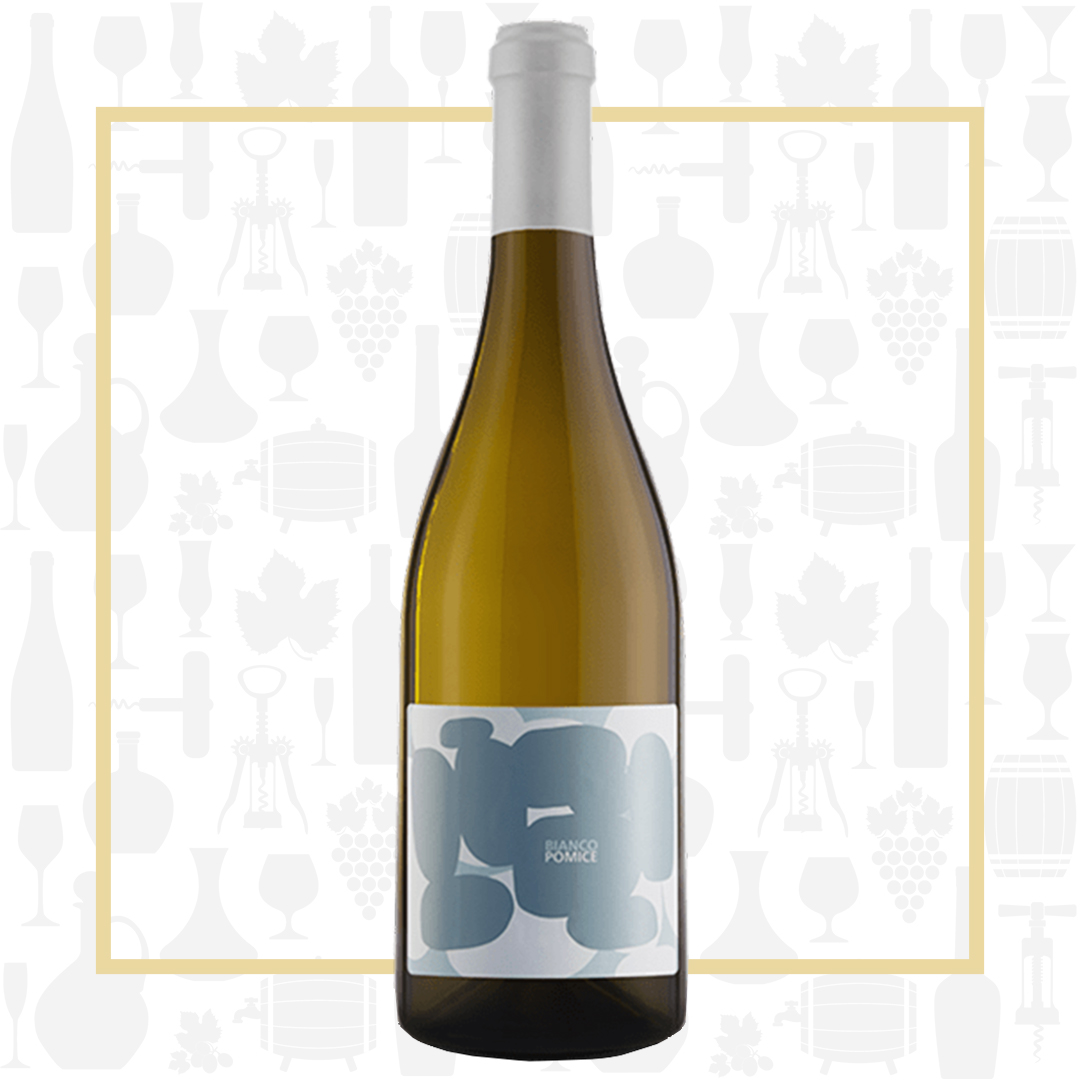Cellar Profile
Tenuta di Castellaro’s breathtaking, sustainable winery is located on Lipari, the largest of Sicily’s volcanic Aeolian Islands. It was here, in 2005 — in this rocky, mineral rich soil — that Massimo Lentsch and Stefania Frattolillo, a couple of entrepreneurs from Bergamo, planted Castellaro’s first vineyards. Once a popular region for its rich, extracted sweet wines, the Lipari wine industry was decimated by the phylloxera outbreak in the late 1800s. Castellaro’s stunning production and burgeoning reputation has focused the world’s eyes on this tiny island once again. The winery is farmed organically, with a keen eye toward sustainability and minimal ecological impact. It is powered by cutting-edge bio-energy, including solar chimneys and wind towers – an easy source of power as the island is lashed by near-constant ocean winds. Rare Lipari Island varieties such as their famed Malvasia delle Lipari and Corinto Nero, as well as indigenous Sicilian grapes like Carricante and Nero d’Avola, are planted on steep slopes and are grown “wild”, allowing native flora and fauna to be part of the ecosystem, to add to the rich biodiversity. The wines of Castellaro are known for their elegance, rich primary fruit and delicious, lip-smacking lick of salinity from the salt-infused rains and winds of the southern Mediterranean.
Region
Lipari Island is part of the Aeolian Archipelago, a historic group of islands on the north coast of Sicily in the Tyrrhenian Sea. Lipari is the largest of these islands and home to the winery. These incredibly fertile, volcanic soils were first planted to vine by the Phoenicians and have been producing wine for thousands of years. Steady breezes on this windswept island help cool the bunches during the hottest part of the days, making extremely hospitable conditions for organic and sustainable farming practices. The region is home to the indigenous varietals Corinto Nero and Malvasia delle Lipari. The deep volcanic sands sit atop large beds of porous volcanic slabs providing excellent drainage; even the most rainy years have little detrimental effect on the grapes.
Vineyard
The Tenuta di Castellaro Vineyard is located on Piana di Castellaro, a volcanic plain rising 1150 ft above the nearby Mediterranean. It is farmed organically, with a keen eye toward sustainability and minimal ecological impact. Dark sandy soils are mixed with a deep layer of rich, fertile volcanic soils, with high levels of magnesium, nitrogen, calcium and potassium. Sandier soils are often deficient in potassium, which leads to poor photosynthesis and affects fruit yields and proper berry ripening. The vines are “head-trained”, with large clusters affixed to upright poles at consistent distances, allowing for higher planting density and focusing of the plant’s energy on fewer, healthier grape bunches. The proximity to the sea creates a near constant wind, which helps prevent mildew and most fungus. It also cools the berries during the midday heat, occasionally lashing them with a fine slat spray, giving the finished wines their characteristic salty tang.
Winemaking
Grapes from the winery’s oldest vineyards are hand-harvested and hand-sorted. The Malvasia delle Lipari grapes are direct pressed into stainless steel for a temperature-controlled fermentation, while the Carricante is fermented in used, neutral barriques, where the juice gets regular batônnage, and sits on its lees for six months. Both elements are fermented using indigenous yeasts. After blending and aging, the wine spends six months in bottle before release.
Varieties
Malvasia delle Lipari is an ancient grape that only exists on the tiny island of Lipari. Its family members in Lazio and the island of Sardinia have, sadly, been forgotten. Intensely aromatic with bracing acidity, the scant plantings of this grape are generally reserved for sweet Malvasia delle Lipari Passito, but it can be enjoyed as a dry aperitif or as a richer contemplation style wine. The loose grape bunches make it less prone to rot in humid vintages, but care must be taken to avoid too much vigour. It is also highly susceptible to disease, making the organic viticulture Castellaro employs far more challenging. Carricante is indigenous to the eastern parts of Mount Etna in Sicily. This big-berried, high-yielding, slow-ripening grape prefers volcanic soils and is perfectly suited for the long, hot growing seasons of Southern Italy. It also grows best where there are large diurnal shifts, as its trademark acidity needs hot days to ensure full ripening of the sugars for balance, while cool evenings ensure that its true, nervy character remains. Frequently, lees aging and stirring are used to add mouth feel and complexity. The finest examples age extremely well and gain significant complexity with time in the bottle.
Tasting Notes
The signature wine of Castellaro, this evocative white explodes from the glass with intense aromatics of pink grapefruit, ripe Asian pear, wet stone and pomelo. The palate is fresh and lively, but the richness of the Malvasia keeps it from being too nervy. It is dry, but there is a fairly good amount of primary fruit along with that telltale Lipari Island saltiness. Chill lightly and enjoy as an aperitif, or alongside grilled octopus, freshly shucked oysters or salty Sicilian ham.

